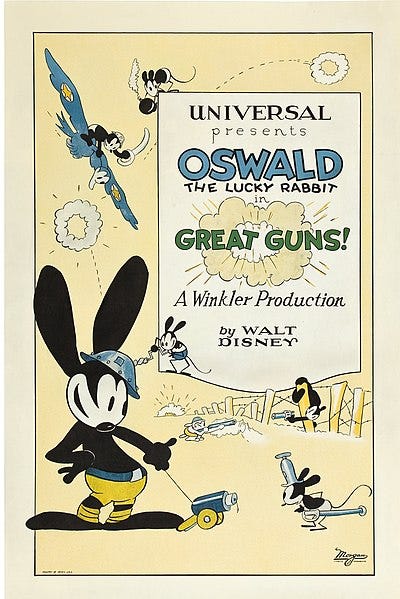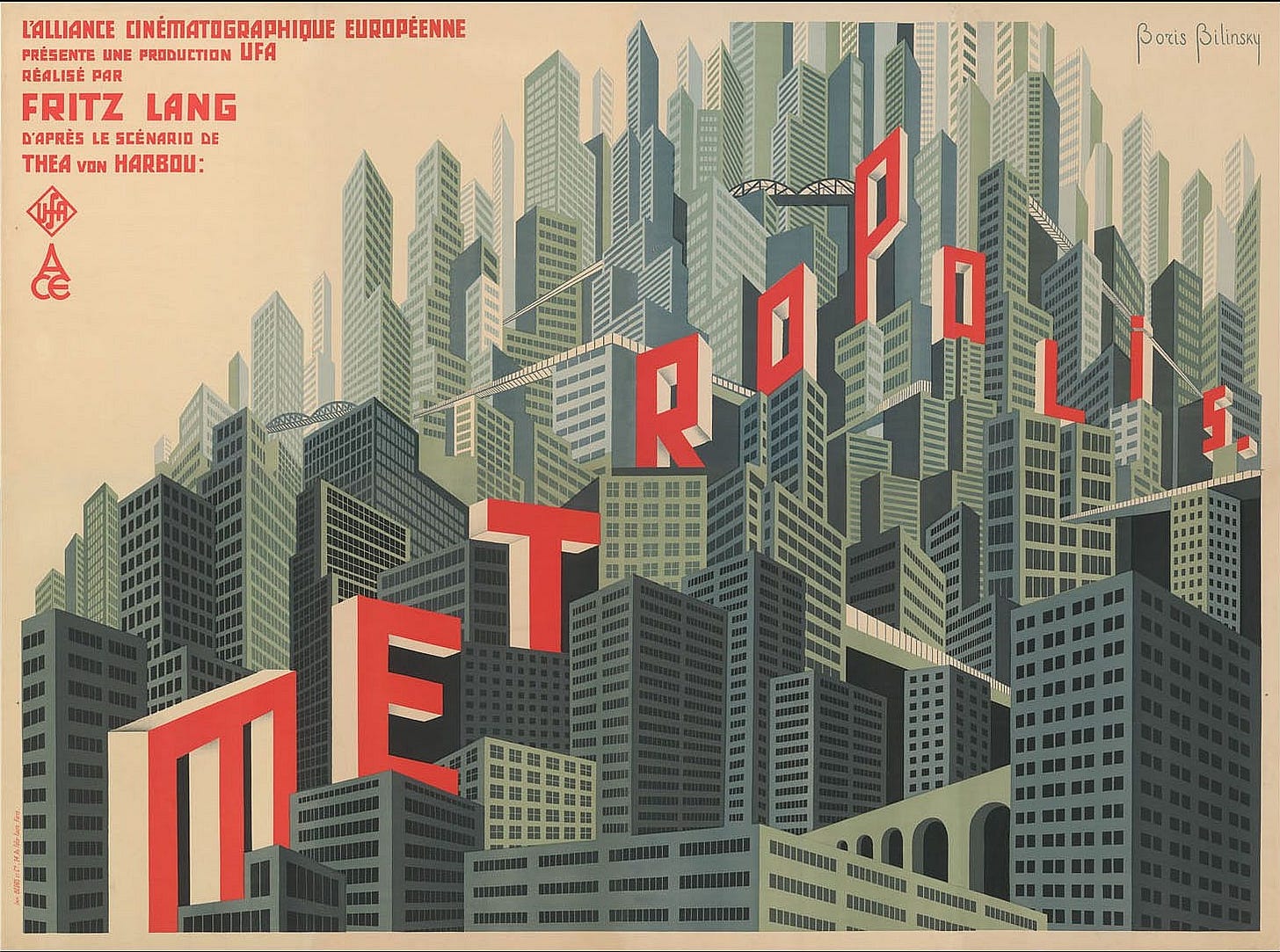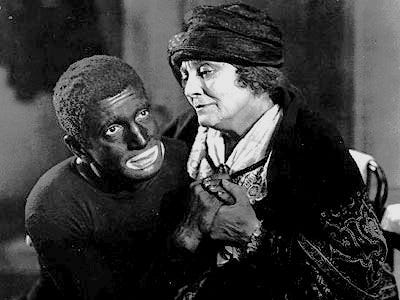The Best Things In Life Are Free
Copyright extension is bad for books, bad for culture, and bad for (almost all) businesses
“From the Creator of Oswald the Rabbit”
Buried in his capsule reviews of new motion pictures playing in New York on the week of November 19th, 1928, movie critic Mordaunt Hall briefly considers a little pre-show bauble, playing before Gang War:
On the same program is the first sound cartoon, produced by Walter Disney, creator of "Oswald the Rabbit." This current film is called "Steamboat Willie," and it introduces a new cartoon character, henceforth to be known as "Micky Mouse." It is an ingenious piece of work with a good deal of fun. It growls, whines, squeaks and makes various other sounds that add to its mirthful quality.

Having just rewatched Steamboat Willie in preparation for this essay, I can’t agree with Hall. Too much of the cartoon is a long variation on a single joke: Mickey Mouse bangs on various animals and household objects to make music. Athanasius Kircher—geomancer, priest, cryptolinguist, theoretical musicologist, and friend of the blog—made that joke three hundred years earlier with his cat piano, made all the funnier by the fact that Kircher was entirely serious and probably had better music in mind for his cats than “Turkey in the Straw.” But I digress.
Mickey Mouse has been with us ever since he rode into the world on the back of Gang War. He is the sacred icon of the Walt Disney Corporation. Lawyers protect him with religious zeal, having sued family businesses, daycare centers, and elementary schools for displaying graven, infringing images of the mouse. (Mickey isn’t the only one, either: in 2019, Disney denied permission for a British family to use the image of Spider Man on a tombstone for their dead child.) Mickey’s copyright is so jealously guarded that he has become synonymous, in some circles, with the abuse and endless extension of American copyright law.
But on January 1st, 2024, Mickey Mouse will enter the public domain. Or he might not. Or maybe some aspects of the character known as Mickey Mouse, like his proclivity for beating ducks and his employment on a steamboat under the alias Willie, may become available for free public use, while his later qualities—pupils, gloves, red pants—will not. Nobody really knows what will happen, because the Walt Disney Corporation has worked very hard for a very long time to make sure that American copyright laws are convoluted, onerous, and more than anything else, terribly long.
This has had a terrible impact on our literary culture. But to explain why, we have to talk about the Sonny Bono Copyright Term Extension Act of 1998.
A Prolegomena to The Sonny Bono Copyright Term Extension Act
Copyrights are, on balance, a good thing. Writing books, composing songs, and other kinds of creative work have high initial costs in terms of education, practice, iteration, and labor, but they are easy to copy and steal. Without strong copyright protection, it’s hard to have a print industry and the many benefits that industrialized reproduction brings. Recognizing this, Britain passed the Copyright Act of 1709, the first such law in the world.
The United States inherited this legal tradition. The US Constitution empowers Congress with the duty to “promote the Progress of Science and the Useful Arts, by securing for limited Times to Authors and Inventors the exclusive Right to their respective Writings and Discoveries." That power was first applied in 1790 with a copyright statute allowing rights holders 14 years of copyright protection for the intellectual property, with the option to renew for an additional 14 years.1 In 1831, that initial term was doubled to 28 years. The renewal term was also doubled in 1909, bringing the maximum span of copyright protection up to 56 years.
Then things get weird. In 1976, Congress nearly tripled the initial copyright protection term, from 28 to 75 years. More ominously, the new law automatically enrolled all commercial works created since 1923. From that point onward, all works for hire—pretty much every movie, almost every book, and most musical recordings—were protected until 1998. The public domain’s reach was only good up until midnight on December 31st, 1922.
This brings us to the Sonny Bono Copyright Term Extension Act, named in honor of the singer, TV personality, and Republican congressman who had recently died in a skiing accident. You might also know the law by its nickname, the Mickey Mouse Protection Act—not that Disney was the only major corporation lobbying for an extension of its copyrights in 1998. All the big entertainment conglomerates were there, making the same arguments, but it was the House of Mouse that was especially vociferous in lobbying: of the bill’s 25 sponsors, 18 were receiving money from Disney.
Knowing that the bill was opposed by a large, but disorganized coalition of activists, librarians, professors, and teachers, the CTEA was stapled to a giant appropriations bill, its scheduled hearings moved to a different time than initially announced. All the bill’s sponsors and lobbyists knew exactly when to show up, but the protestors didn’t. The CTEA sailed through without opposition. The public domain, stuck in 1922, would not budge until 2019.

Thankfully, and against all expectations, 2018 passed without any further extensions of copyright protection. No corporate lobbyists came forward with a reason, though the general sense, among copyright watchers, is that the media conglomerates had read the room and knew they couldn’t win again without taking a bruising in public.
So on January 1st, 2019, the American public domain grew for the first time in 95 years. Now, the first day of every year is Public Domain Day, when a new crop of books, movies, recordings, and more become freely accessible to the public. This year, we got Virginia Woolf’s To The Lighthouse, show-tune “The Best Things in Life Are Free,” pioneering blackface talkie The Jazz Singer, and other fruits of 1927.
The Case Against the Public Domain
Disney and friends presumably hired some of the best IP lawyers money could buy. Their arguments were approved by Congress, and have even stood up to a few Supreme Court challenges. So what did they say that was so convincing? Reviewing the arguments put forth by pro-extension lobbyists, Buccafosco and Heald (2012) identify three arguments: under-exploitation, over-exploitation, and tarnishment.
Under-exploitation is simply a return to the bad old days of the lawless, pre-copyright frontier. Once a work isn’t protected by copyright laws, prices enter a race to the bottom, until you reach a dismal equilibrium where everybody winds up selling their version of The Great Gatsby at cost, with no economic benefit whatsoever. Since at least some customers would have gladly paid more, this means that we’re leaving money on the table when we put works in the public domain.
Over-exploitation would be the opposite case, where works in the public domain become so overexposed, their original cultural and economic value is destroyed. Now that “The Best Things In Life Are Free” is in the public domain, every advertiser in the country is free to use it in their ads until it becomes sonic wallpaper. Again, money that could be made vanishes into the ether.
Related but distinct to over-exploitation, tarnishment would happen whenever a public domain work’s reputation is overshadowed by inferior or offensive adaptations and modifications. “Someone might turn Porgy & Bess into rap music,” Marc Gershwin mused, evidently without zero trace of irony.

In short, the arguments go, once works enter the public domain, the economic incentive to produce them approaches zero. For any public domain work that people actually want, publishers would be locked into a downward spiral of price and demand. When the endgame is under-exploitation or over-exploitation, there’s little incentive to produce; and when tarnishment is a possibility, you could suffer reputational losses when your publishing efforts are associated with porn or propaganda. In every case, a larger public domain leaves us with a lower chance of preserving, distributing, and profiting from old works.
The Case Against Endless Copyright Expansion
Here’s the thing about these arguments: they are empirically testable. Weirdly enough, none of the lawyers who made these arguments before Congress and the Supreme Court actually tried testing these claims.
Paul J. Heald has tested those claims. For several years, Heald has been publishing studies on the markets for books still in copyright versus books held in the public domain. The studies are clever, well-structured, clear, and as far as I can tell, uncontested. And what they find, over and over again, is that the arguments for endless copyright extension are just plain wrong.
When it comes to the public domain quashing incentives to keep works in print and in stock, for instance, Heald heads over to Amazon to see how many public domain books are still in print versus copyright-protected books. He focuses especially on two ten-year periods, one right before the 95-year copyright freeze of 1923, and the other decade immediately after.
The results were clear: “98% of the bestsellers from 1913-22 were in print,” Heald writes, “compared to only 72% of the copyrighted bestsellers from 1923-32.” For audiobooks, the disparity is even larger, with public domain status roughly doubling the chances that a bestseller from 1913-1922 is available versus copyrighted bestsellers from the decade after. That same study found that there were more books for sale on Amazon from the 1880s than the 1980s.
But there’s more than just circulation at stake with copyright. Crucial to the over-exploitation and tarnishment arguments outlined above is the sense that public domain works are inevitably of inferior quality. This is partially true: a lot of those Amazon books from the 1880s are terrible print-on-demand titles with stock photo covers and bad OCR typos. But many of them are also Penguin Classics, printed in the same uniform black spines, with the same paper stock, as their post-1923 copyrighted siblings. Given the identical production costs, is there a price premium for copyrighted versus public domain works from Penguin Classics?
As it turns out, there is. Looking at “durable” books which have never fallen out of print and are published as Penguin Classics, Heald found that
The average price per page of the forty-eight copyrighted Penguin Classics was $0.047, and the average price per page of the public domain Penguin Classics was $0.03. This represents a difference of slightly more than a penny and a half per page, or $5.10 for a typical 300-page book. A 300-page copyrightedbook in the Penguin Classic series would on average cost $14.10, or 56% higher than its 300-page Penguin Classic public domain counterpart, which would cost on the average $9.00. This is almost exactly the difference in the price for the twenty durable public domain and twenty durable copyrighted books found on Amazon.com (55%).
In other words, copyright alone costs you about five bucks per book.
And that’s just for the durable works, destined to endure on shop shelves and in classrooms for decades to come. The awful truth about bookselling, as anybody in publishing can tell you, is that the vast majority of books don’t make money, and aren’t worth anything after a few years. One analysis from 2002 found that, from 1883 to 1964, only 11% of book copyrights were renewed after the initial 28-year term, and that the average book copyright’s real market value depreciates to zero within 15 years after publishing.

What this leads to, in practice, is what Rebecca Rosen has called “The Missing 20th Century” in American book history. Most books from most years have zero economic value, but they are also automatically enrolled in 95 years of copyright protection. Publishers won’t republish a stinker from 1953 just for its historic value, but they can’t relinquish the copyrights, either. When the rights holder has disappeared or can no longer be found, you get what are called orphan works. Although nobody claims them at present, you’re still liable for legal charges if you try to republish them.
And so, a great deal of the last century in books only exists in dusty corners of the Library of Congress or on a server rack tied to Google Books. Nobody else can find or afford them. A phantom fear of economic over-exploitation or under-exploitation, stoked by lobbyists in bad faith decades ago to protect a few profitable copyrights at the expensive of millions of others, has led to most of our book culture vanishing when it might be saved, and locked up when it might be available. This is the price we paid for endless copyright. Was it worth a few more years of profits for Steamboat Willie?
From the Archives
Speaking of extortion and publishing: Goodreads! The world’s favorite social media site for books is secretive, exploitative, and mismanaged. Read about it at the link.
And that’s all this week. Happy reading!
Technically, US law recognizes two types of copyright terms: those made completely by individual authors, and those made for profit through corporate enterprises. So an individual copyright today is based on the lifespan of the author, plus 70 years. But this applies to very, very few books, songs, movies, and so on, which these days are pretty much all made for profit, and so fall under the limits described here.





